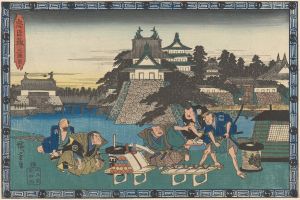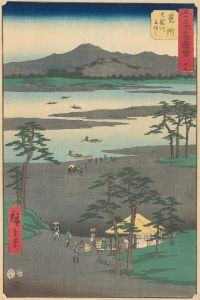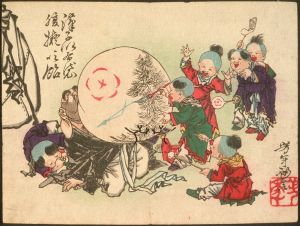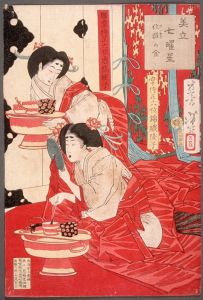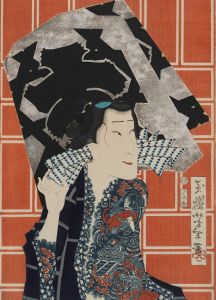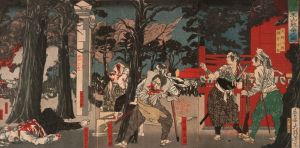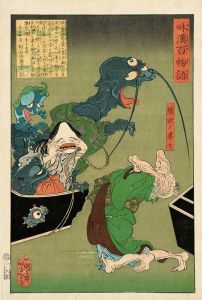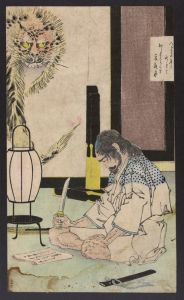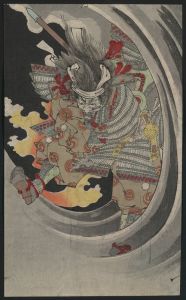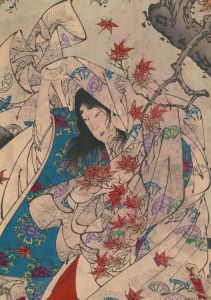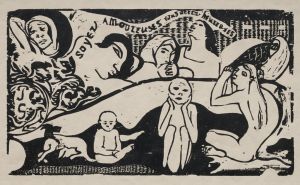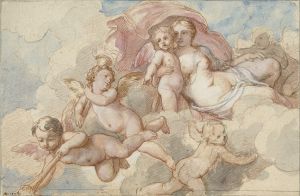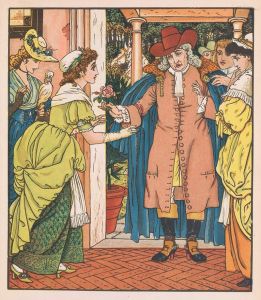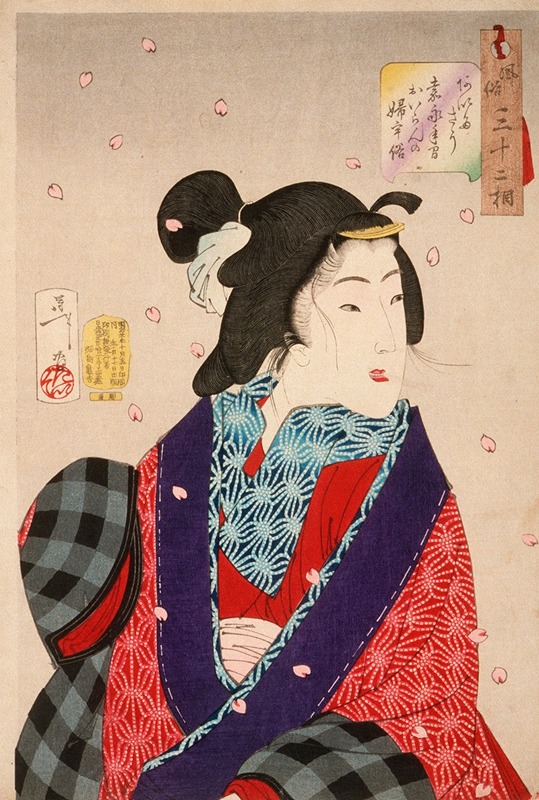
Wanting to Meet Someone; A Courtesan of the Kaei Period
A hand-painted replica of Tsukioka Yoshitoshi’s masterpiece Wanting to Meet Someone; A Courtesan of the Kaei Period, meticulously crafted by professional artists to capture the true essence of the original. Each piece is created with museum-quality canvas and rare mineral pigments, carefully painted by experienced artists with delicate brushstrokes and rich, layered colors to perfectly recreate the texture of the original artwork. Unlike machine-printed reproductions, this hand-painted version brings the painting to life, infused with the artist’s emotions and skill in every stroke. Whether for personal collection or home decoration, it instantly elevates the artistic atmosphere of any space.
"Wanting to Meet Someone; A Courtesan of the Kaei Period" is a woodblock print created by the renowned Japanese artist Tsukioka Yoshitoshi (1839–1892). Yoshitoshi is widely regarded as one of the last great masters of the ukiyo-e tradition, a genre of Japanese art that flourished from the 17th to the 19th centuries. This specific work is part of Yoshitoshi's series titled Thirty-two Aspects of Customs and Manners (Fūzoku Sanjūnisō), which was published in 1888. The series is celebrated for its detailed and evocative depictions of women from various historical periods and social classes, showcasing Yoshitoshi's mastery of composition, color, and psychological depth.
The print portrays a courtesan from the Kaei era (1848–1854), a period within the late Edo period of Japan. The title, "Wanting to Meet Someone," suggests a sense of longing or anticipation, which is reflected in the courtesan's expression and posture. She is depicted wearing an elaborate kimono with intricate patterns, a hallmark of her status and profession. The attention to detail in her clothing and hairstyle reflects the fashion of the Kaei period, emphasizing Yoshitoshi's commitment to historical accuracy and his ability to capture the essence of the time.
Yoshitoshi's Thirty-two Aspects of Customs and Manners series is notable for its innovative approach to portraying women. Unlike earlier ukiyo-e artists who often idealized their subjects, Yoshitoshi infused his works with a sense of individuality and emotional depth. In this print, the courtesan's demeanor conveys a mix of elegance and introspection, offering viewers a glimpse into her inner world. This humanistic approach marked a departure from traditional ukiyo-e conventions and highlighted Yoshitoshi's evolving artistic vision.
The series was produced during the Meiji period (1868–1912), a time of significant social and cultural transformation in Japan. As Western influences began to permeate Japanese society, traditional art forms like ukiyo-e faced increasing competition from new artistic styles and technologies, such as photography and lithography. Despite these challenges, Yoshitoshi's work remained deeply rooted in Japanese aesthetics while also reflecting the changing times. His ability to adapt and innovate within the ukiyo-e tradition helped ensure its continued relevance during a period of rapid modernization.
"Wanting to Meet Someone; A Courtesan of the Kaei Period" exemplifies Yoshitoshi's skill in combining technical precision with emotional resonance. The print not only serves as a visual record of historical customs and fashions but also invites viewers to connect with the subject on a personal level. Today, Yoshitoshi's works, including this print, are highly regarded for their artistic and cultural significance, and they continue to be studied and appreciated by art historians and enthusiasts around the world.





